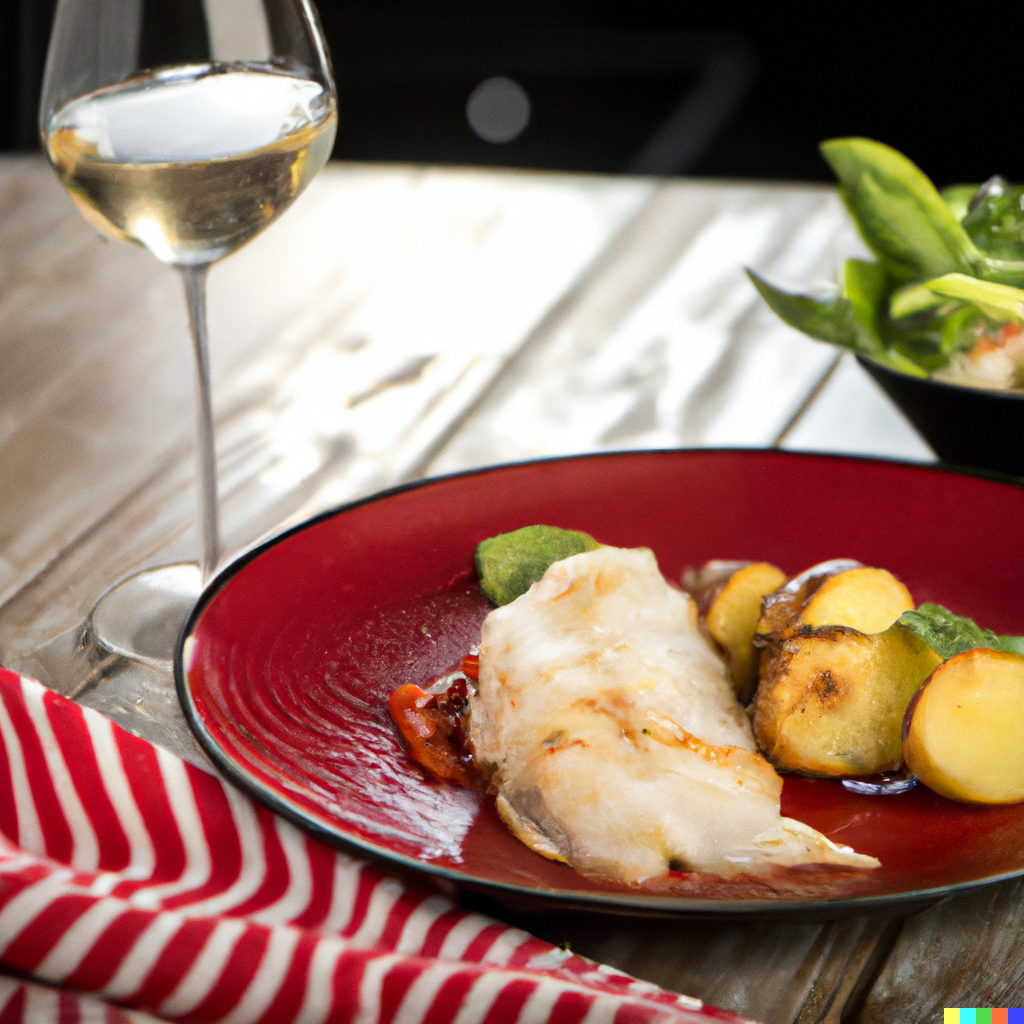How to Cook Delicious Monkfish at Home Like a Professional Chef

How to Cook Delicious Monkfish at Home
Monkfish, often hailed as the "poor man's lobster," is a prized seafood known for its firm texture and mild, sweet flavor. Cooking monkfish at home may seem daunting, but with the right techniques and a few expert tips, you can create restaurant-quality dishes from the comfort of your kitchen.
In this comprehensive guide, we'll show you how to prepare, cook, and serve monkfish like a professional chef. We'll also share tried-and-true recipes, cooking tips, and flavor pairings to make your dishes truly unforgettable.
Why Monkfish Deserves a Spot in Your Kitchen
1. Superior Taste and Texture
Monkfish boasts a meaty texture that holds up well in various cooking methods, from grilling to poaching. Its mild sweetness makes it a versatile base for an array of flavors.
2. Nutritional Benefits
Rich in lean protein, omega-3 fatty acids, and essential vitamins like B12 and D, monkfish is a healthy choice for seafood lovers.
3. Culinary Versatility
Whether you're grilling, roasting, or simmering in a flavorful sauce, monkfish adapts beautifully to a wide range of cuisines.
How to Select Fresh Monkfish
1. Appearance
- Look for fillets that are firm, moist, and pale pink or off-white in color.
- Avoid fillets with a slimy texture or strong fishy odor.
2. Trusted Suppliers
Ensure quality and sustainability by purchasing monkfish from reputable sources like Global Seafoods.
3. Sustainability Matters
Monkfish is generally considered a sustainable choice when sourced responsibly. Look for certifications from organizations like the Marine Stewardship Council (MSC).
Preparing Monkfish for Cooking
1. Remove the Membrane
Monkfish often comes with a thin membrane that must be removed for even cooking. Use a sharp knife to peel it away gently.
2. Simple Seasoning
Start with a base of olive oil, salt, and pepper. Monkfish’s mild flavor pairs well with a variety of herbs and spices, such as thyme, paprika, or garlic powder.
3. Cutting and Portioning
For even cooking, cut monkfish into equal-sized portions, especially if you're grilling or searing.
Chef-Approved Monkfish Recipes for Home Cooks
1. Pan-Seared Monkfish with Lemon Butter Sauce
Ingredients:
- 2 lbs monkfish fillets
- 3 tbsp butter
- Juice of 1 lemon
- 2 cloves garlic, minced
Instructions:
- Heat butter in a skillet over medium heat. Add garlic and sauté for 2 minutes.
- Season monkfish fillets with salt and pepper, then sear for 4–5 minutes on each side.
- Drizzle with lemon juice and serve with steamed asparagus or roasted potatoes.
Pair with Pacific Cod Fillets for a delicious surf-and-surf menu.
2. Mediterranean Baked Monkfish
Ingredients:
- 1 lb monkfish fillets
- 1 cup cherry tomatoes
- ½ cup Kalamata olives
- 1 tbsp olive oil
- 1 tsp oregano
Instructions:
- Preheat oven to 375°F.
- Place monkfish and vegetables in a baking dish. Drizzle with olive oil and season with oregano, salt, and pepper.
- Bake for 20–25 minutes until fish is opaque and flaky.
3. Monkfish Curry
Ingredients:
- 1 lb monkfish, cubed
- 1 can coconut milk
- 2 tbsp curry paste
- 1 cup mixed vegetables
Instructions:
- Heat curry paste in a pan. Add coconut milk and stir until combined.
- Add monkfish and vegetables, simmering for 15–20 minutes.
- Serve over jasmine rice.
For variety, try with Lingcod Fillets.
Perfect Pairings for Monkfish Dishes
1. Side Dishes
| Side Dish | Why It Works |
|---|---|
| Garlic Mashed Potatoes | Creamy, comforting, and balances rich sauces. |
| Quinoa or Wild Rice | Adds texture and absorbs flavorful sauces. |
| Roasted Vegetables | Enhances the dish with smoky, earthy flavors. |
2. Sauces and Condiments
- Lemon Caper Sauce: Adds brightness and acidity.
- Herb Butter Sauce: Rich and indulgent, perfect for grilled or seared monkfish.
- Tomato Basil Sauce: Ideal for Mediterranean-style dishes.
Pro Tips for Cooking Monkfish
1. Use High Heat for Searing
Searing monkfish over high heat locks in moisture and creates a golden crust.
2. Avoid Overcooking
Monkfish can become rubbery if overcooked. Cook until the flesh is opaque and flakes easily with a fork.
3. Pair with Bold Flavors
Don’t shy away from bold seasonings and sauces; monkfish holds its own against robust flavors.
FAQs About Cooking Monkfish
1. Is monkfish easy to cook?
Absolutely! Monkfish is beginner-friendly and adapts to various cooking methods.
2. How do I store monkfish?Refrigerate in an airtight container for up to 2 days or freeze for up to 3 months.
3. Can I grill monkfish?
Yes! Its firm texture makes it ideal for grilling. Brush with olive oil to prevent sticking.
Where to Buy Fresh Monkfish and More Seafood
For premium-quality seafood, visit Global Seafoods:
Conclusion
Monkfish is a versatile, nutritious, and beginner-friendly seafood option that can elevate any meal. By following these chef-approved tips and recipes, you can create gourmet monkfish dishes that impress every time. Whether you’re hosting a dinner party or preparing a quick weeknight meal, monkfish is sure to shine as the star ingredient.
Ready to master monkfish? Shop for fresh, high-quality seafood at Global Seafoods today!
Also in Recipes

How to Cook Live Manila Clams at Home: Fresh, Sweet & Delivered Overnight
Discover how to store, clean, and cook Live Manila Clams at home using simple chef techniques. Learn why these Pacific clams are perfect for pasta vongole, steaming, chowders, and more—plus how to order them fresh in a convenient 10 lb bag shipped overnight.

Boiled Crab for Brunch: The Ultimate Guide to Morning Seafood
Discover the joy of Boiled crab for brunch! Learn how to prepare seafood in the morning, its health benefits, and recipes to make your brunch memorable.

